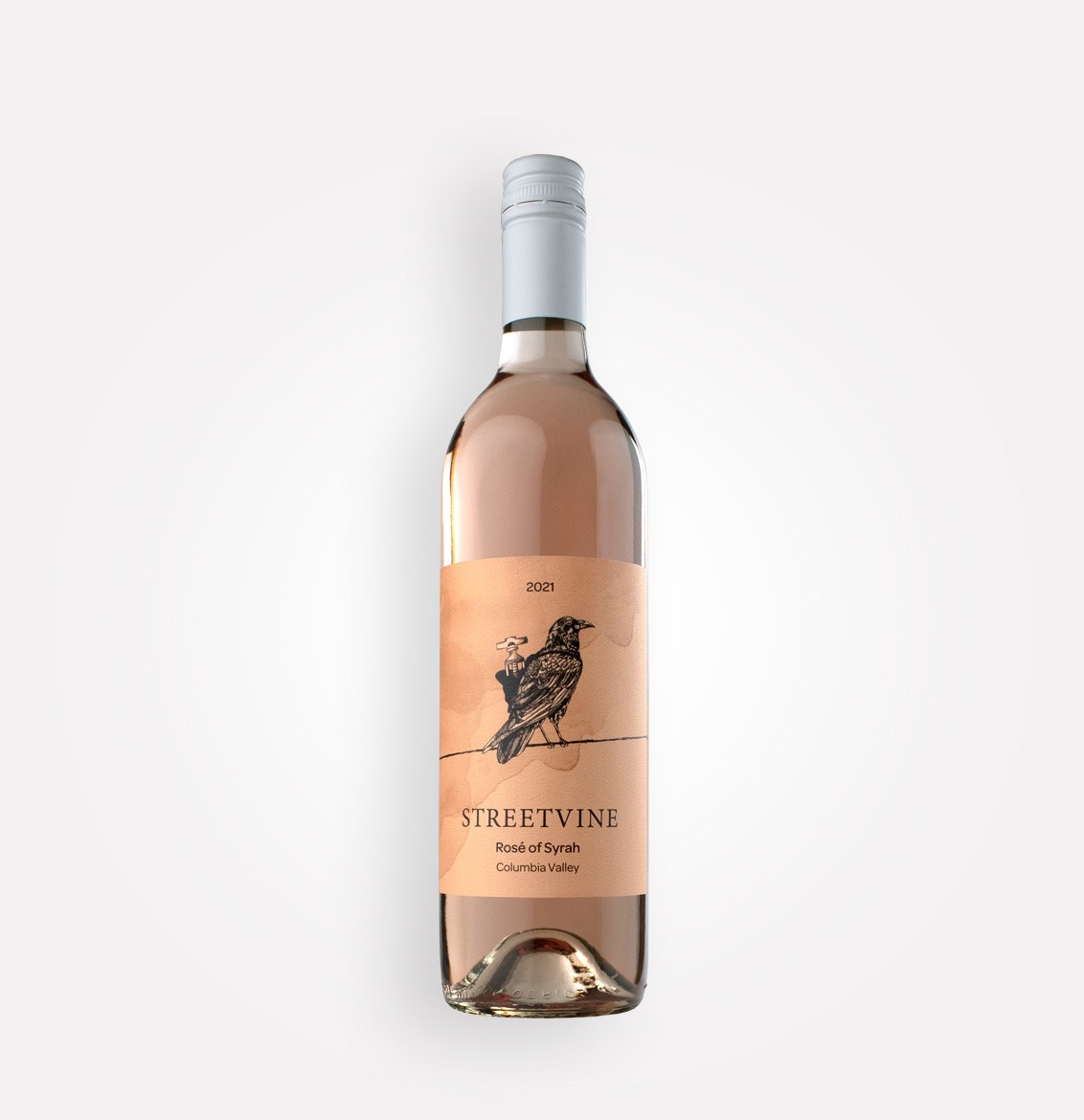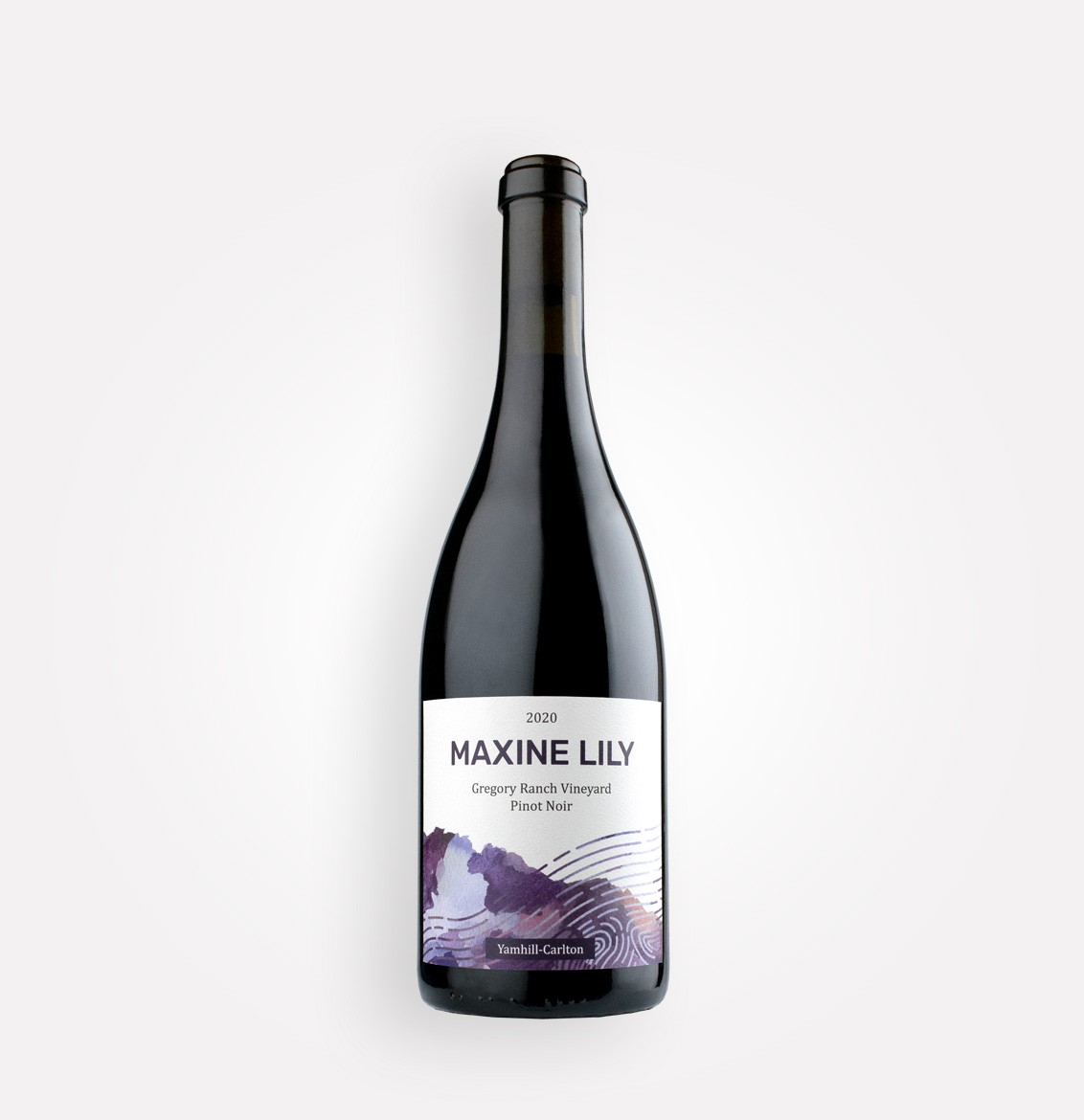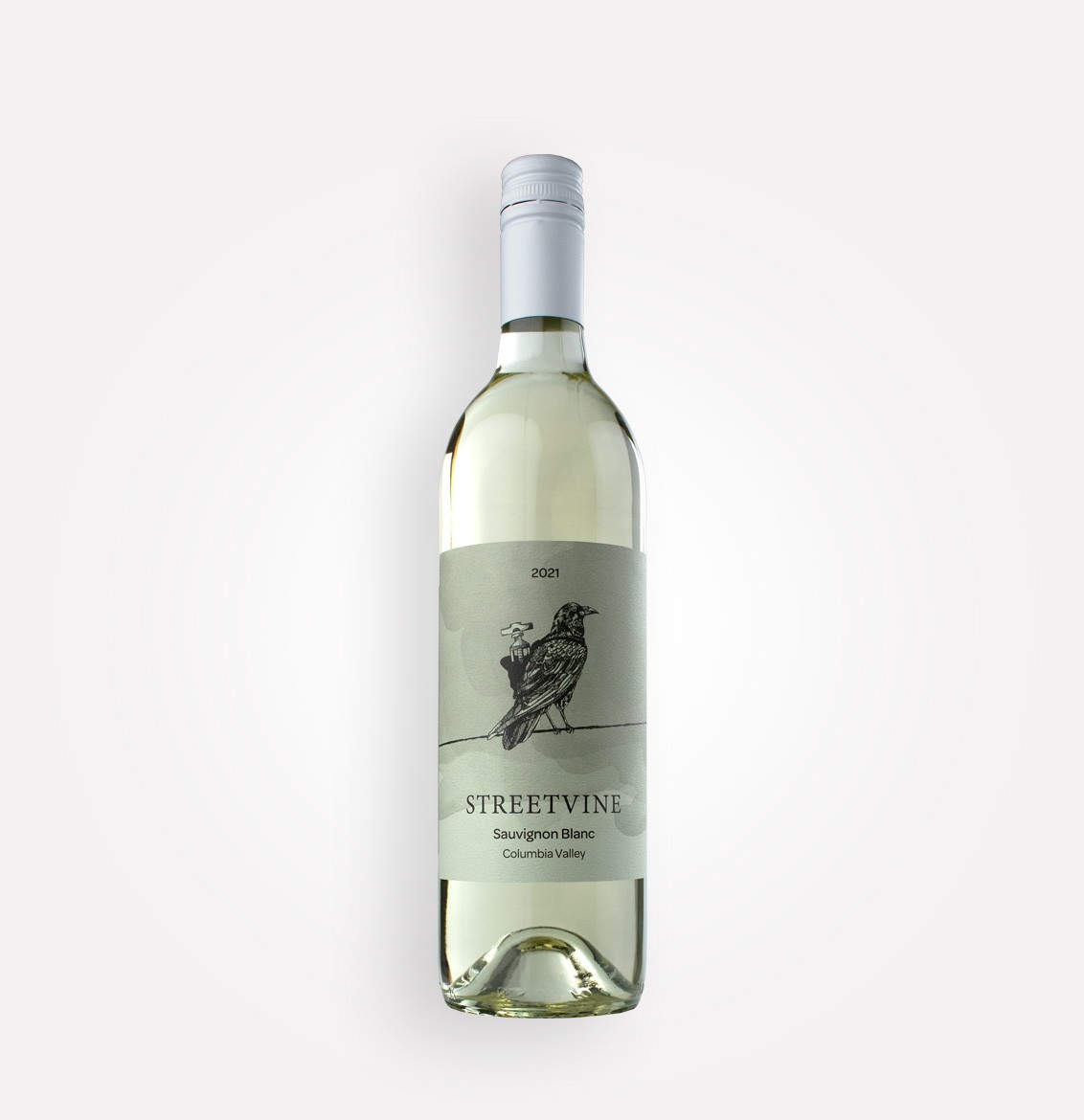Terroir is the natural environment, including soil, topography, and climate
Terroir is the French term used in describing the natural environment, including soil, topography, and climate, specifically in growing wine grapes and the production of wine. This term is often thought of as intimidating and too scientific for the casual wine enthusiast. Still, after you understand some of the basics and how they may impact the flavor profile, texture, and structure of the wine, it is much easier to know which questions to ask while out to dinner, in your favorite wine shop, or on a vineyard tour with a winemaker. Winemakers and farmers speak about their terroir as if it’s a living breathing thing and can reel off soil types, elevations, average monthly rainfall based on time of year, sun exposures to every part of their vineyard, climate related risks such as hail or flooding, and do so seemingly without even thinking about it. These are the people who live and breathe grapes, harvest, production, aging, and tasting, and that’s why it’s important and fun to get to know them and ask them questions.
Terroir is like a fingerprint
Another critical factor in terroir is the people and how they interact with the environment. In the case of wine production, how farmers and wine producers choose which grape varietals will be grown in specific parts of a vineyard based on soil type, exposure to the sun, wind, precipitation, which farming methods to apply, and what kind of equipment to utilize during harvest. The terroir of a wine region is like its fingerprint and will give different flavors, smells, and structures to the wines grown in that area. The terroir of a region can change from town to town and even from one hillside to the next. For example, one hillside in the Columbia Valley in Washington may sit on hard gravel, while on the other side, the same vineyard may have much looser sand or even clay. This seemingly small difference can produce vastly different wines even while producing the same type of grape. The next time you host a wine tasting with friends and family, choose a wine region, purchase five or six different bottles of the exact wine from the same vintage, and see if you can taste the differences based on just soil type.
Four basic types of soil used in wine production
Sand
If you think of the sand when you go to the beach every summer, you think of burning feet and dry sand getting stuck to anything and everything. This sand is not that different from sand found in vineyards. It retains heat very well, but not water unless you dig deep to get to a cooler damper version. That’s what vines have to do to survive in this kind of soil. Most great wines have one thing in common, they struggle. When it comes to sandy soil, a vine’s roots will dig deeper to find the moisture and rich nutrients it needs to survive and thrive. The grapes usually found in this type of soil are pale in color, have more subtle elegant flavors, and have less acidity and tannins, which is why many white wine varietals grow in sandy soil.
Clay
Clay is the opposite of sandy soil, as you might imagine. Instead, clay is dense and retains a large amount of water. This type of soil tends to yield bold, flavorful wines in both the white and red varieties. Clay is home to many medium to full-bodied reds with rich and complex flavor and structure, such as Tempranillo, Pinot Noir, Burgundy, and Syrah, to name a few.
Silt
Silt is similar to sand in that it retains heat well, but silt holds more moisture. It’s commonly mixed with limestone to promote vine growth and strong roots in cooler climates with plenty of sun exposure. Silt is frequently found in Washington states wine regions resulting in incredibly fragrant wines with softer tannins.
Loam
Loam combines the other three soil types, resulting in a highly fertile growing environment for grapevines. The problem with that is that the vines don’t have to struggle to grow, and as mentioned earlier, the struggle is what produces grapes with complex flavors and makes excellent wine. This soil type would produce pale flat wines without exceptional care and close attention to detail. However, if properly attended to and rigorously pruned, this soil type can still produce incredible wine.




